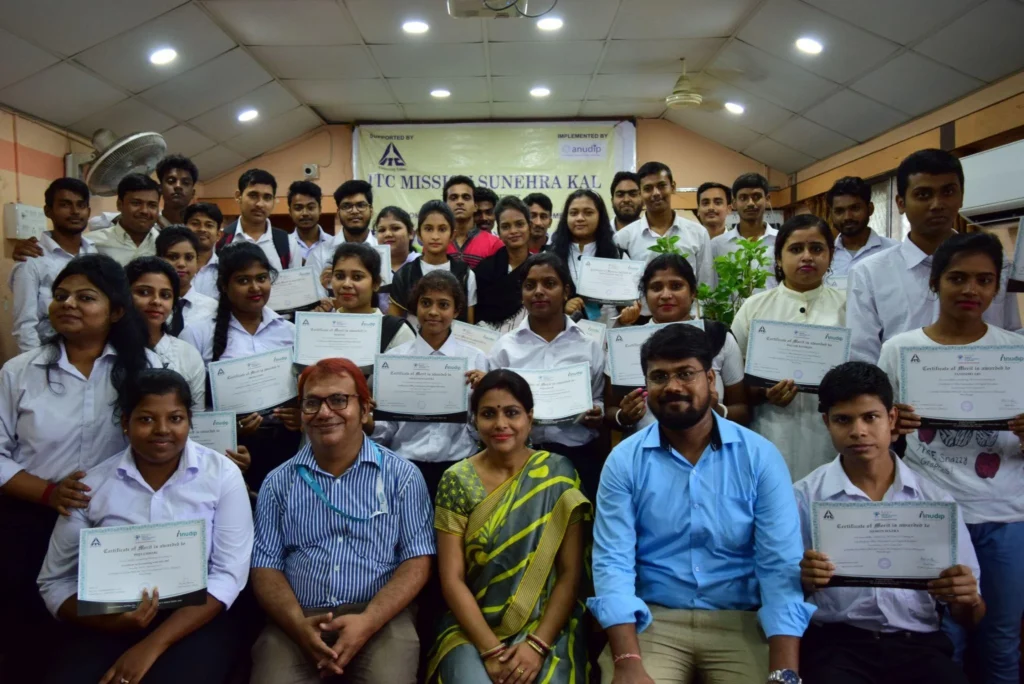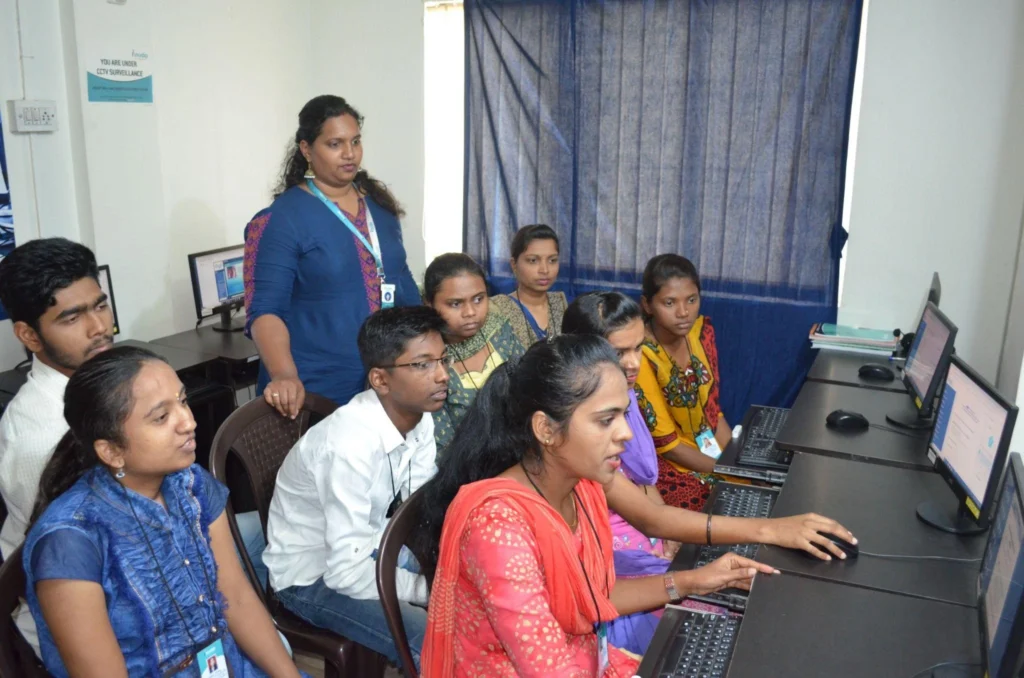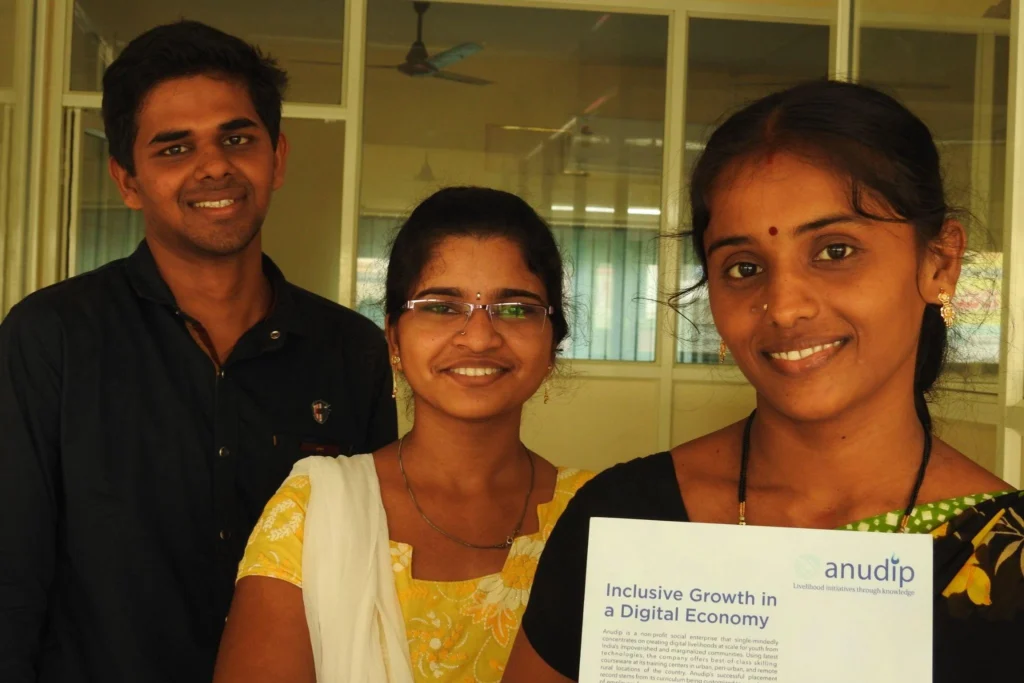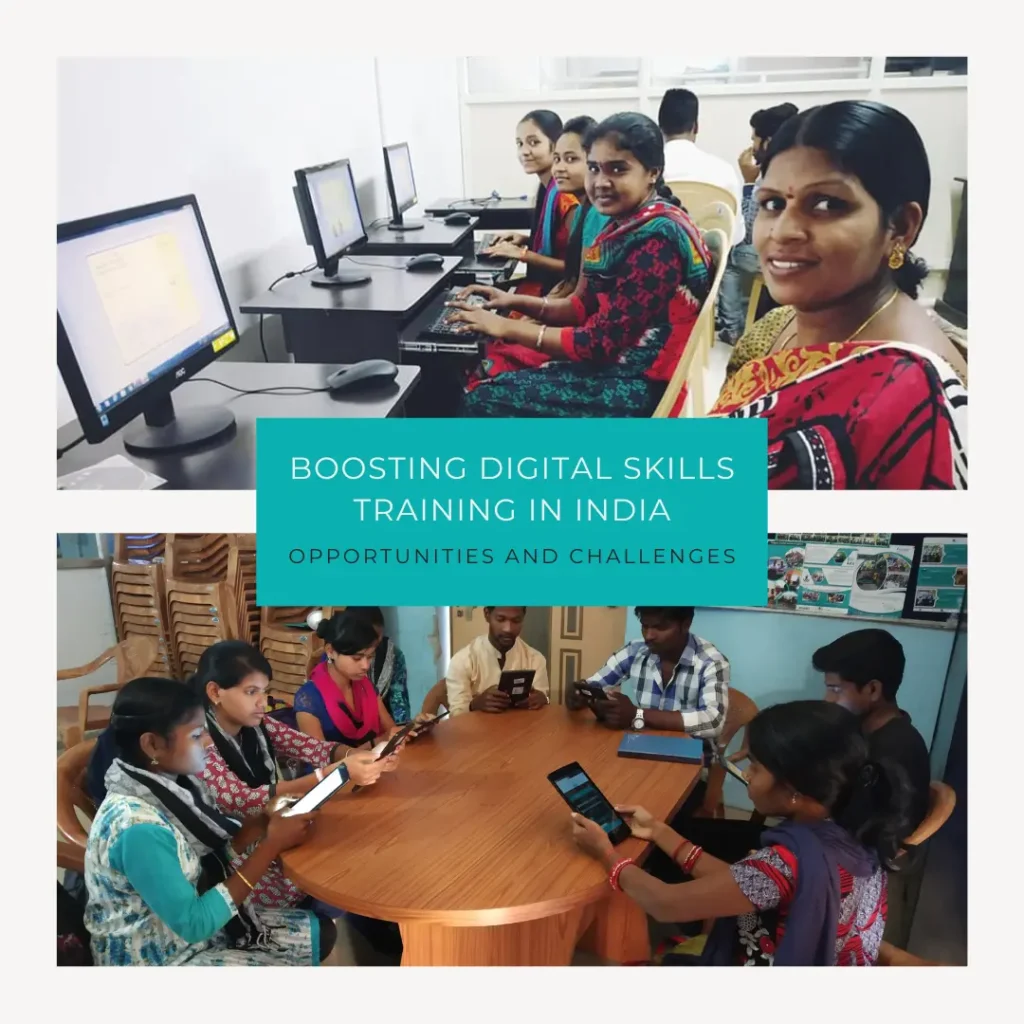-By Sudeshna Das
Why Digital Skills Training in India Is So Important
Stand by a chai stall any morning and the shift is obvious: tap-to-pay for a ten-rupee tea, job forms filled on a phone, orders confirmed on WhatsApp before the first bell rings at school. Opportunity now rides through screens, but confidence and know-how don’t always follow.
For a small farmer timing a sowing decision, a homemaker trying her first online sale, or a fresh grad submitting job applications, small digital wins add up to real income and dignity. That’s the heartbeat behind digital skills training in India.
It’s less about mastering fancy software and more about nudging people from “Can I do this?” to “I’ve done it—and I can do it again.” The gap is still there, but the ladder is getting sturdier as public programs, NGOs, and CSR-backed efforts bring learning closer to everyday life.

What Digital Skills Training in India Really Means
“Digital skills” sounds heavy—until it doesn’t. Most strong programs begin with simple, repeatable actions and build from there:
- Use phones and computers with ease: files, forms, email, video calls
- Pay safely, claim benefits, and navigate key government portals
- Write posts that earn trust, not just likes; read basic analytics
- Set up a no-frills store, manage a WhatsApp catalog, track orders
- Try AI assistants for drafting, translate on the fly, store to cloud
- Practice cyber hygiene: spot phishing, lock privacy, back up data
The teaching style matters: shorter modules, more doing than listening, and tasks mapped to how people actually live and work.
When a learner can complete a GST form, price a product, or handle a support chat, skills stop feeling abstract and start feeling powerful.
Government Initiatives Powering the Change
India’s public stack aims for reach plus relevance, especially beyond metros:
- Digital India Programme (gov.in)
Lays the rails—public digital services and access—so literacy is useful every single day, not just on a certificate. - PMKVY (Pradhan Mantri Kaushal Vikas Yojana) (org)
Short, role-facing courses with assessments and recognized credentials, including IT and emerging tech where it makes sense. - National Digital Literacy Mission (NDLM)
Targets at least one digitally able person per household, turning families into problem-solving units, not just individual learners. - FutureSkills Prime (in)
A MeitY–NASSCOM platform tuned to employer needs—AI, data, cybersecurity, cloud—with credentials hiring managers actually read.
Together, these efforts pull Tier-2 and Tier-3 learners into credible paths by ensuring low-cost access, practical content, and proof of skill that stands up in an interview.
How CSR Digital Skills Training Is Bridging the Divide
Corporate-funded programs focus on solving the “last mile”: devices, mentors, live projects, and hiring introductions. Speed matters when tools change fast—especially in AI and cloud—so these programs lean into hands-on portfolios over theory.
Some notable initiatives include:
- Microsoft Philanthropies (AI Skilling Program)
Project-led AI and coding exposure outside big cities, with teacher support and learner showcases that build confidence. - IBM SkillsBuild (org)
Free, guided pathways with badges and mentorship; learners leave with artifacts they can point to, not just certificates. - Google Digital Unlocked (withgoogle.com)
Practical digital marketing and online presence strategies that help local businesses get discovered, earn reviews, and keep customers.
CSR digital skills training works best when it plugs into real hiring and real problems, not just content libraries and webinars.
Anudip Foundation: A Success Story in Digital Inclusion
Since 2007, Anudip Foundation has focused on people who rarely get a fair shot—marginalized youth, rural women, and persons with disabilities—and designed training that ends in a job, not in a folder of PDFs.
How Anudip Makes a Difference
- Centers are close to the communities they serve.
- Trainers speak both the local language and the language of the workplace.
- Curricula track real tools and workflows, while soft skills—communication, schedules, customer handling—are baked in, making the handoff to a first job smoother.
Flagship Initiatives
- Digital Livelihoods Program
Prepares learners for roles in data annotation, customer support, e-commerce operations, pairing IT basics with workplace readiness. - AI & DeepTech Academy
Opens doors to cybersecurity, cloud computing, and applied AI for learners aiming for higher-growth career tracks. - SAVE (Specially-Abled Vocational Education)
Adapts training for PwDs with accessibility at the center, coupled with dedicated placement support. - Women’s Empowerment Programs
Offers localized, income-focused digital literacy training designed to fit around care work and unlock flexible or remote earning.
Real Impact
- 500,000+ learners trained through multi-year programs
- 70%+ placement rates across IT, retail, and e-commerce roles
- Partnerships with IBM, Microsoft, Accenture, HSBC, and more
- Thousands of women achieving steady income, often from home

The throughline: co-design with employers, teach what’s used on the job, and measure success by livelihoods and retention—not enrollment tallies.
Challenges That Still Exist
Even with steady progress, several barriers remain:
- Connectivity and devices: Patchy networks and shared phones slow learning momentum, especially in rural blocks.
- Language and accessibility: Multilingual content and assistive design widen participation and improve completion rates.
- Role alignment: Generic training often stalls at the interview stage; syllabi must match real-world tools and workflows.
- Guidance and signaling: Learners need clear learning paths, portfolio-building support, and visibility into certifications and apprenticeships.
True progress depends on sharper public–private–NGO coordination, shared skill standards, and last-mile delivery blending online modules with local facilitation.
The Future of Digital Skills in India
Jobs are rapidly shifting toward AI-enabled processes, data literacy, cyber awareness, and cloud-fluent operations—paired with human skills like clear writing, problem-solving, and adaptability. To keep pace:
- Make mobile-first, low-cost learning the default, with community-based facilitation.
- Offer multilingual, accessible courseware tuned to local realities.
- Build women-first and tribal-youth learning tracks with flexible schedules and relatable role models.
- Expand apprenticeships, micro-internships, and campus–company–NGO bridges for smoother transitions into jobs.

Done right, digital skills training in India won’t just narrow the divide—it will create a longer runway toward better jobs and resilient livelihoods across districts.
Conclusion
Technology only matters when people can use it without fear. With government platforms scaling reach, NGOs translating intent into outcomes, and CSR digital skills training opening doors to real jobs, communities long left out are finally stepping into steady, independent incomes.
The formula is simple: keep it practical, keep it tied to real roles, and keep it within reach—that’s how digital skills training in India becomes a durable engine of inclusion and mobility.

